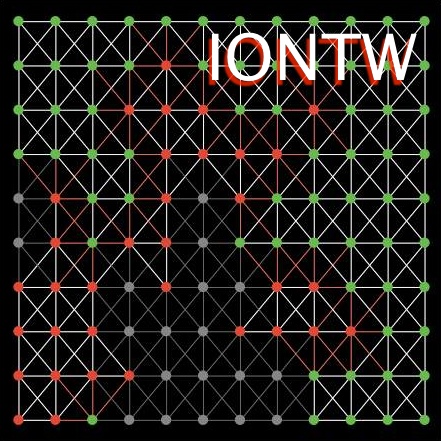Exploring Transmission of Infectious Diseases on Networks with NetLogo
Network-based models of disease transmission
Network-based models of disease transmission
Classical compartment-level models of transmission of infectious diseases are based on the uniform mixing assumption, which means that each host is eaqually likely to make contact with each other host of the population during a given time interval. In contrast, network-based models assume that direct transmission of pathogens is possible only between two hosts (humans, animals, or plants) that are connected by the edge of a graph that models the underlying contact network. For many populations of hosts network models appear closer to biological reality than compartment-level models. It is therefore of interest to study how the structure of the contact network might influence the spread of a disease.
A detailed introduction to compartment-level and network models of disease transmission is given in our book chapters
[1] Winfried Just, Hannah Callender, and M. Drew LaMar (2015); Disease transmission dynamics on networks: Network structure vs. disease dynamics. In: Raina Robeva (ed.), Algebraic and Discrete Mathematical Methods for Modern Biology, Academic Press.
[2] Winfried Just, Hannah Callender, M. Drew LaMar, and Natalia Toporikova (2015); Transmission of infectious diseases: Data, models, and simulations. In Raina Robeva (ed.), Algebraic and Discrete Mathematical Methods for Modern Biology, Academic Press.
More information about the book and its online supplements can be found at its companion website.
A condensed introduction to network models can be found in Network-based models of transmission of infectious diseases: a brief overview at this web site.
The following presentation gives some highlights:
Poster: Modeling Infectious Disease through Contact Networks
This poster was presented at the University of Portland's Summer Research Symposium on November 9, 2014, in Portland, Oregon. The poster is aimed at readers with little or no background in modeling infectious diseases. The contents provide a brief overview of modeling infectious diseases on networks, including an introduction to some of the basic properties of contact networks. A discussion is provided on some of the capabilities of IONTW for exploring network-based disease transmission models with NetLogo and how simulations and mathematical theory can be used to explore predictions of such models.
